Historians believe the first humans settled in northwestern France, the region known as Brittany, 35,000 years ago, and let’s not even try to grasp that amount of time. It’s impossible. Imagining 1,000 years is just as impossible. Even 500 years, 400 years. Surviving stone buildings and icons — cathedrals, churches, maybe a bridge or farmhouse, an obelisk or ancient pot in a museum — can help the very old world come into focus. But the exercise is profoundly challenging. (The pyramids of Egypt are amazing, but do they help the average human brain grasp the meaning of 4,700 years?)
Pardon my drifting thoughts about time and what we in the United States call the “old world.” I am stating the obvious about historic landmarks. But the obvious is still amazing.
This was my third trip to Brittany, (Breizh in the Breton language) the homeland of my wonderful in-laws who spoke Breton and French (and pretty good English), grew up on farms and survived the Nazi occupation. I am still amazed by how the world began, by the evidence of ingenuity, sacred devotion and hard sweat that long, long ago went into creating civilization in their part of the world — in the rich valleys within 50 miles of the rugged Brittany coast.
One example: The cathedral at Quimper (pronounced Cam-pair), named for Saint-Corentin, was built by peasants starting in the 13th Century. The center line of the ceiling is a bit crooked, and while a historian offered a practical explanation for that (something about a diversion from a swampy area) I like to think of it as the learning curve of 14th and 15th Century architects. (See the photo below.) It’s amazing to me that, long before electric power and manufactured steel infrastructure, the Bretons managed to build the cathedral. Equally impressive are the stone walls on either side of the River Odet that runs through Quimper. This project channelized the river to the sea and made it possible for fishing boats and cargo ships to reach the city docks and streets.
I don’t know to what extent Americans visit Brittany. Perhaps other places seem “more French” than a region with Celtic history. But it’s certainly a beautiful place, from the rocky shores and the salt marshes to the verdant valleys dotted with ancient, lichen-dappled farming villages. Here are some photos, for starters. More to follow.

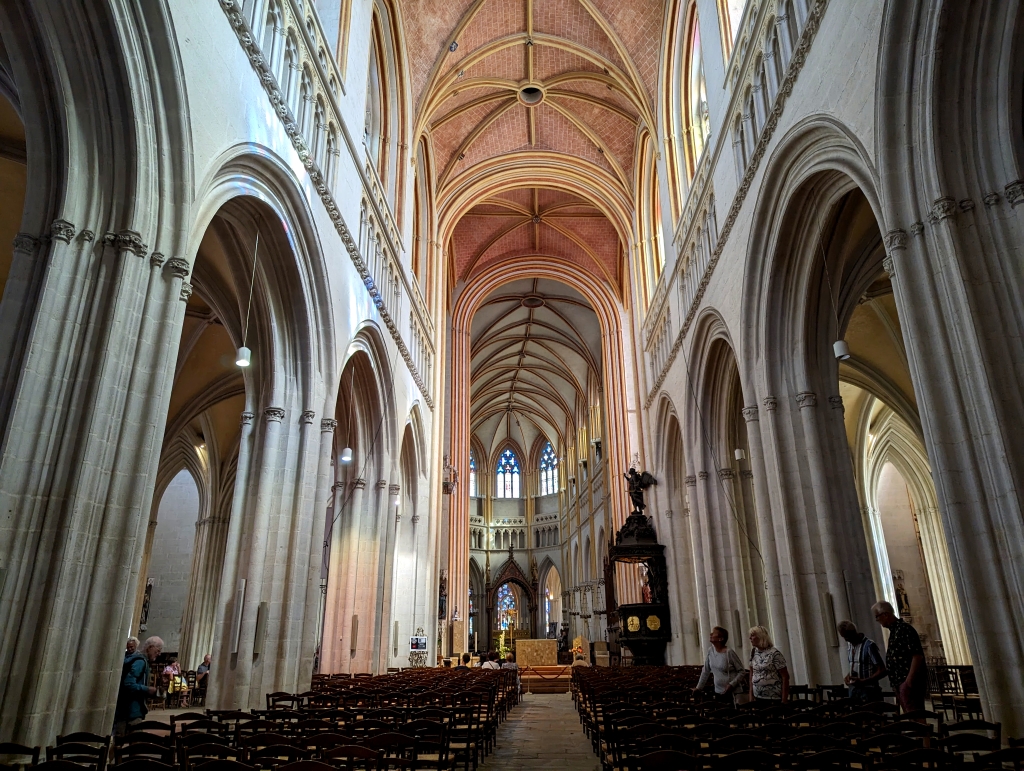



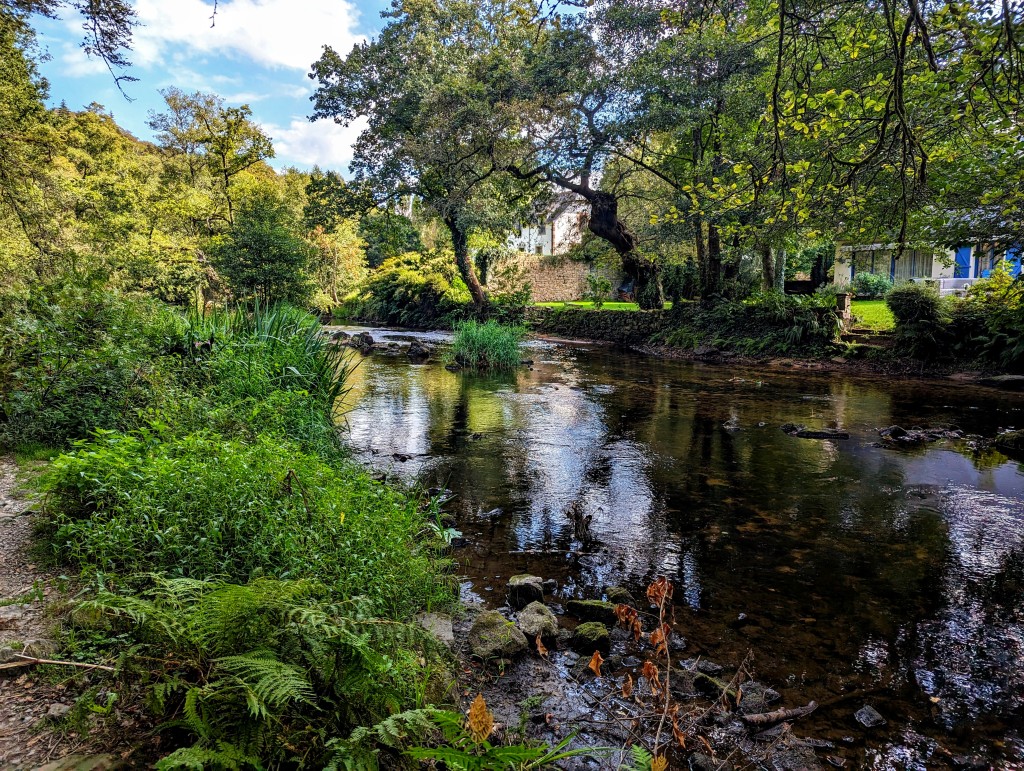


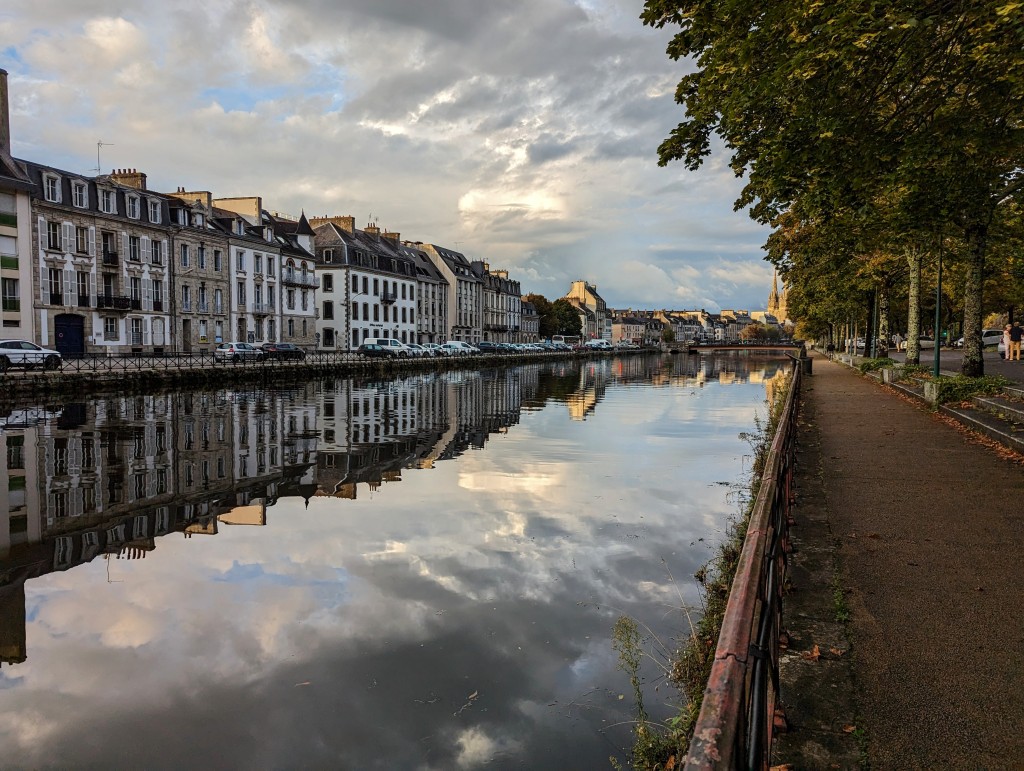





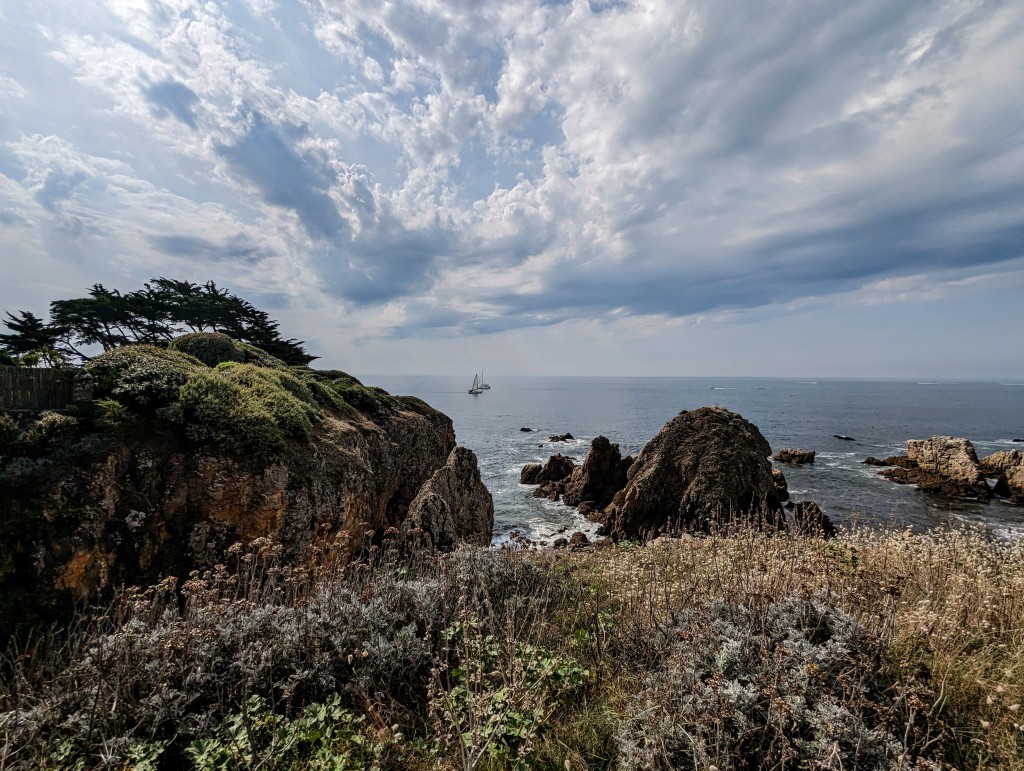
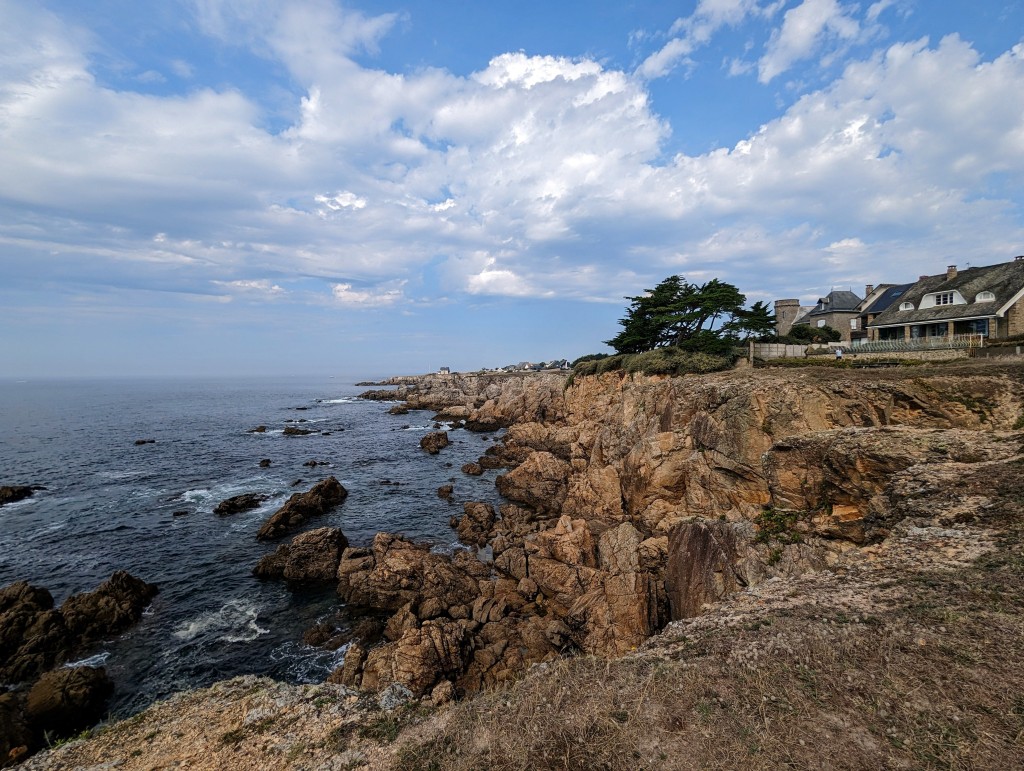

Discover more from Dan Rodricks
Subscribe to get the latest posts sent to your email.

Nice work Dan!
Beautiful place. I can’t imagine leaving it to move elsewhere. (well, okay, maybe war would do it)
LikeLiked by 1 person
It still amazes me th
LikeLiked by 1 person
Wonderful, Dan. Fine photos of beautiful places. Lucky you.
LikeLiked by 1 person
Dan, just absolutely gorgeous! This is where you need to retire to, although you would be sorely missed here! Not suggesting you retire! If I had the means, this is where I would love to live. Thank you for this.
LikeLiked by 1 person
A part of France to which I have not been, but I’m convinced now to go. Tres jolie.
Obviously, to be combined with Normandy.
LikeLiked by 1 person
Inspired me to visit this heavenly place!
Grazie Mille, Danny
LikeLiked by 1 person
Found this just this morning in the WAPO about hiking in Brittany.
https://www.washingtonpost.com/travel/tips/brittany-hiking-trails-breweries-france/
LikeLike
Beautiful pictures, stunning architecture! Lovely story…
LikeLiked by 1 person